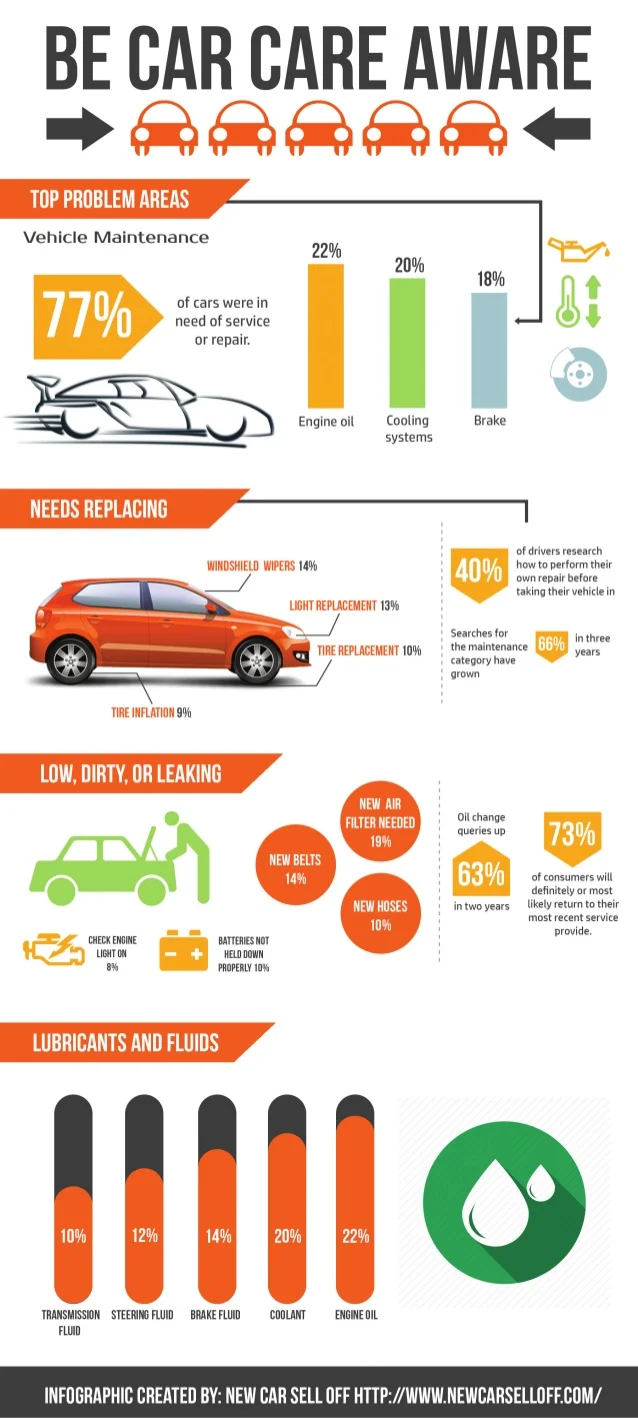Wondering About The Definition Behind Those Dashboard Caution Lights? Gain Understandings Into Their Effects For Your Automobile'S Safety And Security And Maintenance
Wondering About The Definition Behind Those Dashboard Caution Lights? Gain Understandings Into Their Effects For Your Automobile'S Safety And Security And Maintenance
Blog Article
Content Develop By-Termansen Kejser
When you're behind the wheel, those glowing caution lights on your dashboard can be a little bit perplexing. Do you understand what they're attempting to inform you about your car's wellness? Understanding the importance of these lights is vital for your safety and security and the longevity of your lorry. So, the next time one of those lights pops up, wouldn't you intend to analyze its message precisely and take the required steps to address it?
Common Caution Lights and Interpretations
Identify typical caution lights in your automobile and comprehend their definitions to make sure safe driving.
The most common caution lights include the check engine light, which signifies problems with the engine or discharges system. If https://frontbrakesandrotors39406.like-blogs.com/31961685/mobile-vehicle-explaining-convenience-satisfies-quality-for-your-lorry begins, it's crucial to have your lorry checked quickly.
The oil stress alerting light suggests reduced oil stress, calling for instant focus to stop engine damage.
A flashing battery light may suggest a malfunctioning billing system, possibly leaving you stranded otherwise dealt with.
The tire stress monitoring system (TPMS) light signals you to reduced tire stress, affecting automobile security and fuel performance. Ignoring this could cause harmful driving conditions.
The abdominal muscle light suggests a problem with the anti-lock stopping system, jeopardizing your capacity to stop swiftly in emergencies.
Last but not least, the coolant temperature advising light warns of engine getting too hot, which can cause severe damages otherwise solved quickly.
Understanding these typical warning lights will certainly help you attend to issues without delay and keep safe driving problems.
Importance of Prompt Interest
Understanding the typical caution lights in your vehicle is just the first step; the value of quickly addressing these cautions can't be highlighted sufficient to guarantee your safety and security when driving.
When a caution light brightens on your control panel, it's your automobile's way of interacting a possible issue that requires interest. Overlooking these warnings can cause more extreme issues in the future, compromising your security and potentially costing you much more in repairs.
Trigger attention to alerting lights can avoid failures and crashes. For example, a blinking check engine light might indicate a misfire that, if left unattended, can create damage to the catalytic converter. Addressing this without delay can save you from a costly repair.
Similarly, a brake system alerting light might signify reduced brake fluid or used brake pads, crucial parts for your safety when driving.
Do It Yourself Troubleshooting Tips
If you see a caution light on your control panel, there are a few do it yourself fixing pointers you can try prior to seeking expert assistance.
The initial step is to consult your auto's handbook to understand what the details caution light suggests. Sometimes the concern can be as straightforward as a loose gas cap triggering the check engine light. Tightening the gas cap might deal with the issue.
An additional common concern is a low battery, which can trigger numerous cautioning lights. Inspecting the battery connections for corrosion and ensuring they're safe and secure could deal with the issue.
If a caution light continues, you can attempt resetting it by separating the vehicle's battery for a couple of minutes and after that reconnecting it. Additionally, inspecting your lorry's fluid levels, such as oil, coolant, and brake fluid, can assist troubleshoot alerting lights connected to these systems.
Verdict
Finally, recognizing your car's caution lights is necessary for keeping your vehicle running efficiently and safely. By without autodetailingauckland addressing these notifies and recognizing what they imply, you can prevent pricey repair services and potential break downs.
Remember to consult your auto's handbook for particular information on each advising light and do something about it as necessary to make sure a hassle-free driving experience.
Stay notified, remain secure when driving!
